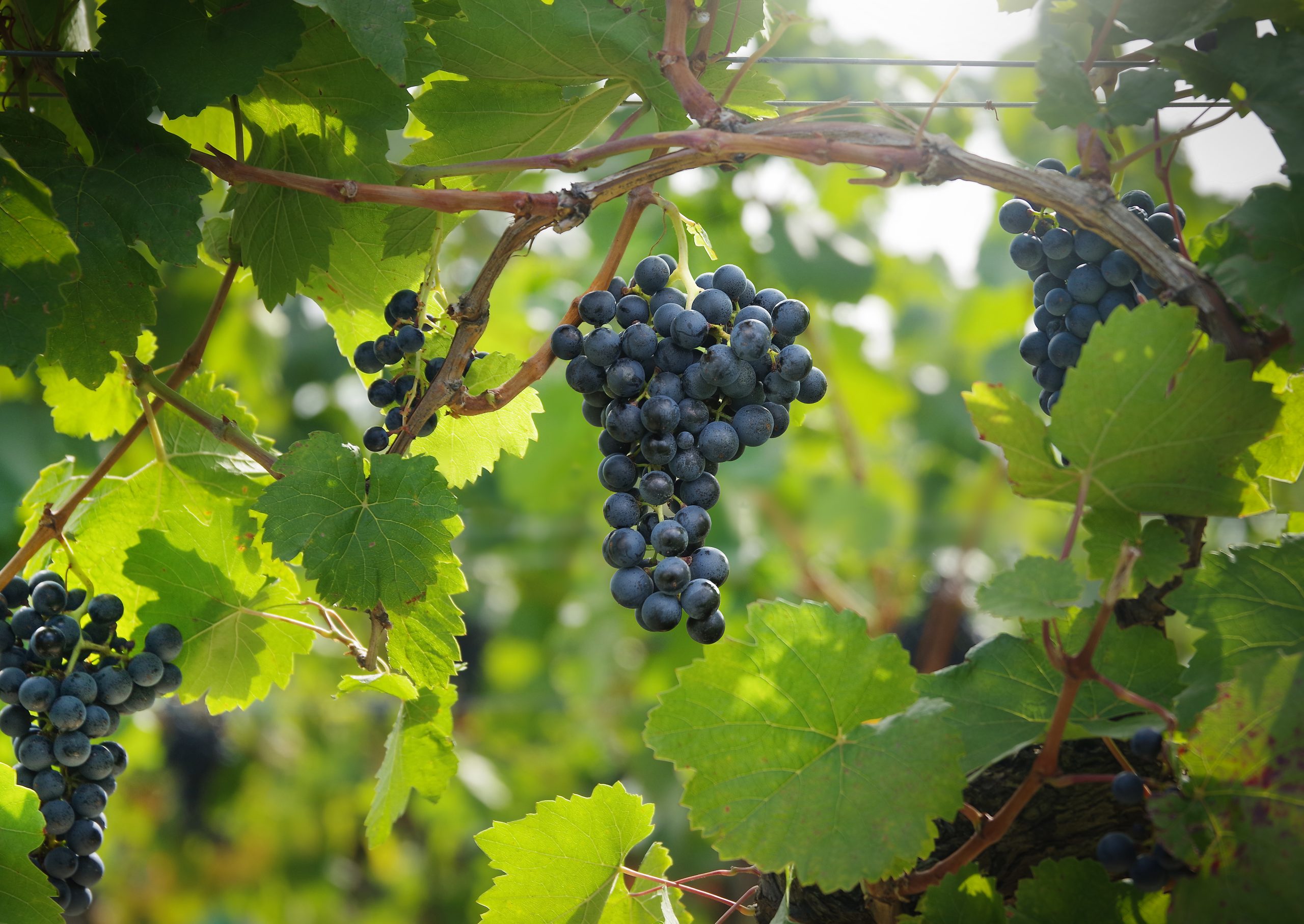Newly-discovered yeast gene for hazy beer hits the brewing scene
A yeast gene that assists in amplifying beer’s haze has been discovered by the research and development team at Omega Yeast Labs.

The gene, named HZY1, was identified by a team led by Dr. Laura Burns, director of research and development at Chicago’s Omega Yeast and, with the current heightened craze for hazy IPAs in the US and UK, could potentially offer the brewing sector an additional tool for flavour experimentation.
Burns explained: “In one case, we were using a simple experiment to mimic IPA fermentations, and we found that certain yeast strains would promote haze when others did not.”
According to Burns: “When it came to haze, everyone in the craft beer industry was focusing on malt and hops, and we had a very clear result that certain yeast strains were promoting haze in IPAs.”
By observing these fermentations, Dr. Burns and her team revealed how they discovered that some strains would create brilliant, non-hazy beer, while others would create beer with a milky, turbid haze.
The team set about testing variations in recipes as well as the dry hop timing and found that the results were always consistent revealing that the samples that finished hazy were always from a group of yeast strains that the team deemed “haze-positive.”
Using gene-editing technology known as CRISPR/Cas9, Burns and her team were able to delete this gene from haze-positive strains, and beers fermented with these strains were no longer hazy.
Burns highlighted: “Now that we have a gene, there’s no denying that yeast plays an important role in promoting haze in beer.”
Speaking to the drinks business, Catherine Webber, business development manager at the UK’s Birmingham-based Attic Brew Co asked: “It begs the question as to what need this really fulfils, doesn’t it? People have been brewing hazy IPAs without any issues for a long time already.”
Webber pointed out that “hazy beers usually have a different grain bill to bright beers [using more oats or wheat] and this is the main cause of haziness” and noted that “it’s proteins in suspension. Yeast does contribute, but it’s mainly grains” querying: “So is this for brewers who want hazy without the addition of other grains? As I said, folks can already make hazy beers – via a combination of grains and yeast – so what gap is this filling?”
Partner Content
Beer sommelier, beverage lecturer at TU Dublin and pub-owning scientist Judith Boyle explained: “If the discovery essentially guarantees yeast particles will stay in suspension within beer then perhaps rather than simply thinking of it as an element that creates haze in the glass upon pouring, it could also mean that inside each keg the sediment would constantly stay in suspension and that could mean that it could potentially create consistency in pouring and reduce wastage, effectively assisting a bar-owner stocking beers made using it to make each keg they buy go further.”
Webber also pointed out that with every new invention there is sometimes an element of compromise and told db: “It may be great for haze” but “what if it compromises how the beer tastes? Beer has so few ingredients, just adopting a new element could kick a brilliant beer recipe completely out of kilter”.
Webber added: “This kind of thing is sometimes worth experimenting with and looking into, but isn’t it something that exists to respond to a problem breweries already have, is it necessary to adopt? I mean. we already make delicious hazy pale ales at our brewery anyway.”
For the broader brewing scene, Omega Yeast clarified that the reason its discovery is “groundbreaking” is because it blurs the line between yeast strains that could be used for NEIPAs and traditional West Coast IPAs, allowing the exploration of new flavour combinations.
According to Omega Yeast, this could mean that brewers will be able to create new flavour profiles and enrich their brand portfolios with beers that look and taste different from anything they have been able to brew until now.
However, speaking candidly on social media about the yeast gene discovery, sources close to the British brewing scene highlighted that there were “two main problems: 1. It’s genetically modified, so won’t be used in any way over here in [the] UK or EU due to legislation prohibiting any GM. You can’t even import any beers with it in” [and] 2. Gout sufferers should avoid consuming yeast, so it’s a health risk without labelling” and explained that the GM issue in particular really holds this kind of thing back from the broader market. Sources observed: “Omega have also done the same thing around IRC7 thiol releasing genes, and brewers regularly ask us regarding that stuff unaware of the legislation as the reason for unavailability”.
Speaking to db, Dr. Frank Christian, biochemist and fermentation enthusiast. noted that the news from Omega Yeast “is only about the discovery of a haze-associated gene that yeasts typically used in hazies have anyway, not creation of some ‘super hazy’ GMO yeast” meaning that the findings could still limit the flavour possibilities.
Christian added: “I’d really like to read Omega’s scientific paper, too, to understand if the observed effect is due to the yeast staying more in suspension or perhaps some modification it does to hop components, or vice versa, or something else” and mused that “if haze-positive yeast remain more in suspension then the gout point is a valid one, though it’s true for any yeast, hazy gene or not, GMO or not” and identified that “Omega’s article preprint mentions the effect was observed in heavily dry hopped beers, so it could also be hop related, or both”.
Regarding flagging issues such as gout, some brewing sources stated that it “depends on what the cell count is” and pointed out that “most modern British or European brewers are either conditioning or centrifuging enough to drop the cells out of the final beers for it to be negligible” and noted that, in terms of gout “the alcohol is also not good for sufferers, but the yeast has a higher purine level”.
In essence, despite the hazy beer trend being compelling to many searching for beers packed with flavour, discussions surrounding it have also waved a lot of red flags and, when it comes to making yeast gene discoveries, ingredients that are genetically modified still can’t find their way to craft breweries across the world because of strict legislation limiting their reach.
Related news
Northern Monk to raffle 15 litre Nebuchadnezzar of imperial stout




